INFO TO KNOW FOR YOUR NEXT TRIP IN ABRUZZO

GENERAL INFO ABOUT ABRUZZO
BORDERS

Abruzzo is a region in southern Italy that is bordered to:
-The north by the region Marche:
famous for Giacomo Leopardi's house, one of the most important italian writers
-The east by the Adriatic Sea:
the water here is shallow and the bottom sandy, so it's pleasant and safe to swim
-The west by the region Lazio:
just 2 hours by bus from Rome, the capital of Italy
-The south by the region Molise:
known for its slow-tourism, its ancient villages and beaches
LAND AREA, POPULATION AND PROVINCES
Abruzzo covers an area of 10831 km², has a population of 1,266,979 inhabitans and is divided into four provinces:
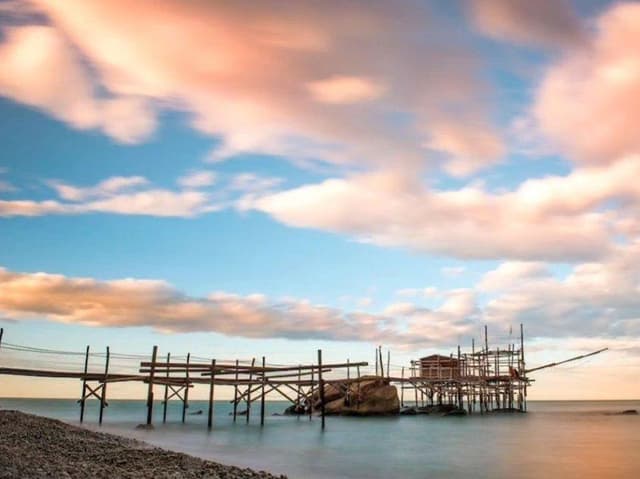
-CHIETI
Located in a hilly area in the central-eastern part of Abruzzo and famous for its distinctive trabocchi coastline
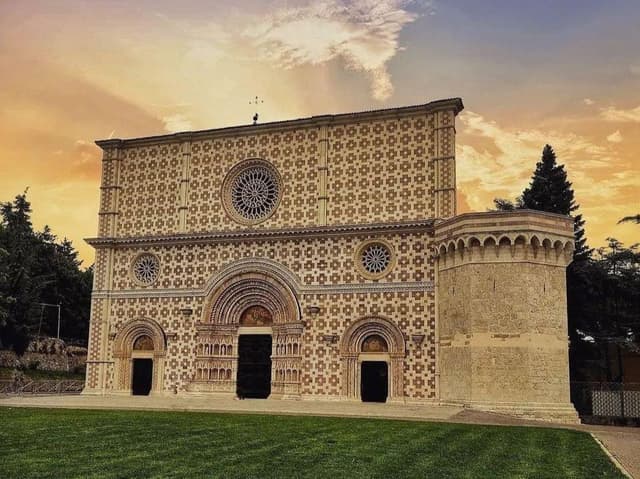
-L'AQUILA:
The regional capital, it's landlocked and spreads over the highest and most mountainous area of the Central Apennines.

-PESCARA:
The adriatic regional capital and the most populous city in the region. This part of Abruzzo is full of beaches, places where to sleep, eat and to go out.
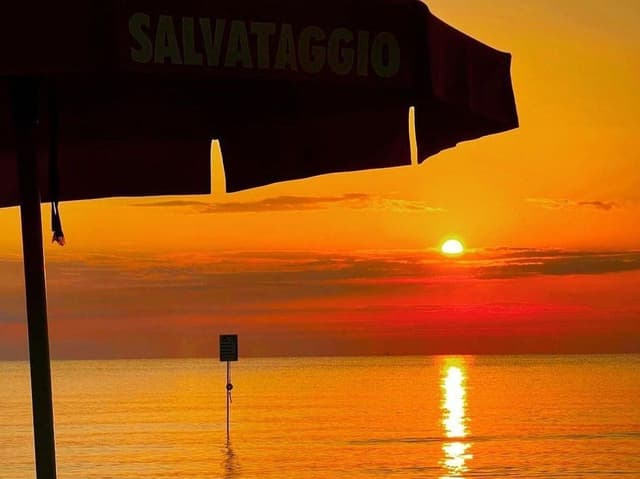
-TERAMO:
Is located in the northern part of Abruzzo, in the Tordino Valley, in a hilly area below the slopes of Gran Sasso. This area slopes down to the coast with a rich vegetation of vineyards and olive grove.
Abruzzo is also divided into 305 municipalities, all to be discovered for their own characteristics, food and traditions.
SPECIFIC INFO ABOUT ABRUZZO
TERRITORY
Abruzzo is divided mainly into a coastal-hilly part on the eastern side with beaches and hills facing the Adriatic Sea, and a mountainous part on the western side with:
-the Monti della Laga (2458 m)
-Gran Sasso d'Italia (2914 m)
-Maiella (2793 m)
-Sirente-Velino (2487 m)
-Monti Marsicani (2283 m),
They constitute the main mountain massifs of the Apennine chain.
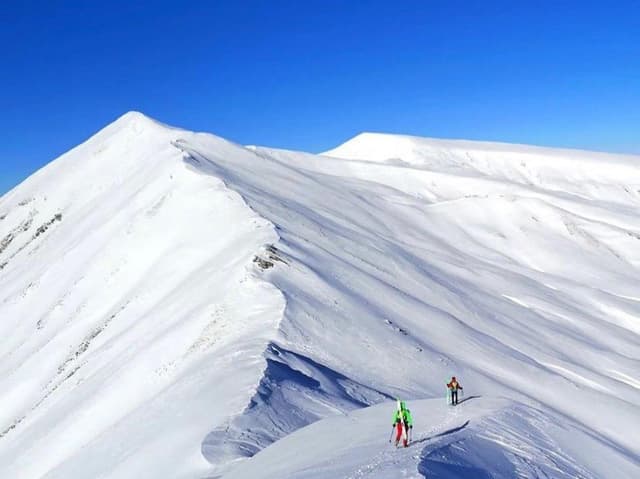
On the northern slope of Gran Sasso there is the Calderone Glacier: the southernmost glacier on the continent.

NATURE
36% of the regional territory is under environmental protection. Abruzzo has three national parks, one regional park and 38 protected areas including oases, regional reserves and state reserves:
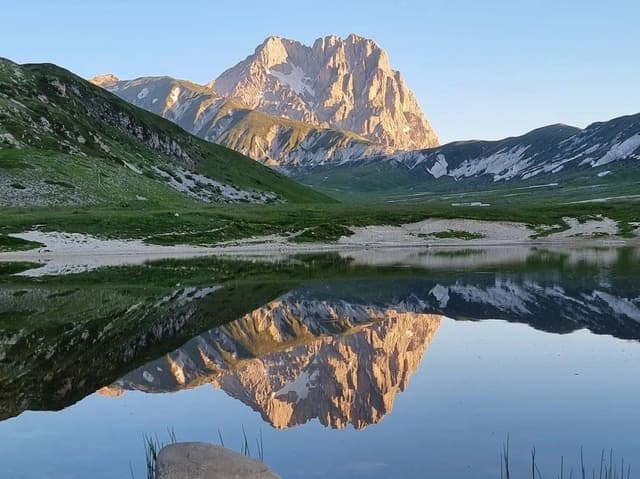
-National Park of Abruzzo, Lazio and Molise, located in the province of L'Aquila.
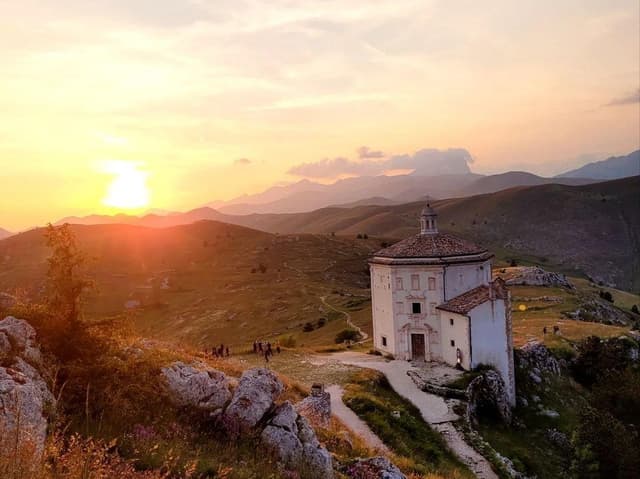
-National Park of Gran Sasso and Monti della Laga. Located in the province of Pescara

-National Park of Maiella locatedted in the province of Pescara
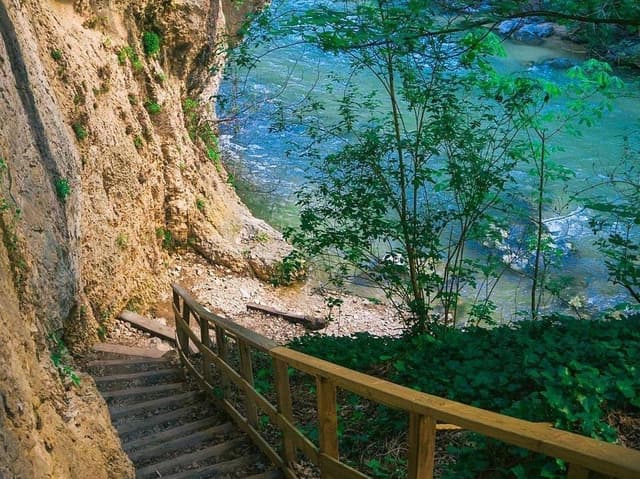
-Regional natural park of Sirente- Velino located in the province of L'Aquila.
ANIMALS
Abruzzo is home to 75% of the animal species found in Europe and is home to some rare species, such as:
- Golden eagle
- Abruzzo wolf
- Abruzzo chamois
- Marsican bear
MARINE PROTECTED AREAS

There is a marine protected area in Abruzzo, established in 2010: the Torre del Cerrano marine protected area, in the province of Teramo.
It covers about 37 square kilometers and protects a unique stretch of sea in Abruzzo: it is one of the few sandy shores where an almost intact dune environment has survived.
A few meters from the coast there are the submerged remains of the ancient port of Atri.

CLIMATE
Abruzzo's climate is strongly conditioned by the presence of the Apennine-Central Massif.
The coastal areas present a Mediterranean-type climate with hot, dry summers and mild, rainy winters.
The hillside belt presents sublittoral climatic characteristics with temperatures that progressively decrease with altitude and precipitation that instead increases with altitude.
In winter, precipitation is mostly snowy from the medium-low elevations upwards and occasionally all the way to the coast during cold-wet events.
A LEAP BACK IN TIME
PREHISTORY
Reports from the prehistoric era of both animal, plant and human presences are documented by various finds throughout the region. There are also numerous finds of artifacts from the Neolithic period. It is hypothesized that the early Abruzzi peoples, living both in the mountains and taking in the valleys, followed a predominantly agricultural lifestyle, given the numerous finds of farming tools.
ANCIENT AGE
Abruzzo was subdued by the Romans around the 3rd century BC. The Roman dictator Lucius Cornelius Sulla invaded Samnium and devastated the main cities, then rebuilt them from scratch. Following Roman rule many settlements, previously simple villages, experienced considerable urban development, and the construction of several consular roads. The establishment of numerous Roman colonies enabled rapid Romanization of the region.
MIDDLE AGES
Following the fall of the Western Roman Empire, the region was occupied by the Byzantines in the 6th century, who oversaw the reconstruction and fortification of numerous centers. From the end of the century it suffered the Lombard invasion, which brought new and extensive destruction of major urban centers and an economic, social and demographic collapse of the entire region.
In the period from the 10th to the 12th century a new pastoral economy developed, this time centered on the tratturi, road routes that wound through the mountain basins linking the Abruzzi highlands to the plains of Apulia. During the same period the region was the object of the expansionist aims of the Normans of the nascent Kingdom of Sicily, who conquered the entire region, giving it for the first time a unified.
MODERN HISTORY
In the 16th century, the Abruzzo coastline was the destination of looting and raids by Barbary corsairs. To contain the Turkish threat, Emperor Charles V erected the defensive system of coastal towers in the Kingdom of Naples, choosing Pescara as the bastion of justice. In the regional hinterland, on the other hand, there was an initial period of economic and cultural growth.
CONTEMPORARY HISTORY
During this period, important reforms were introduced, such as the feudal subversion laws, which gave the region a new and modern administrative structure that went on to subdivide the territory into municipalities, districts and boroughs.
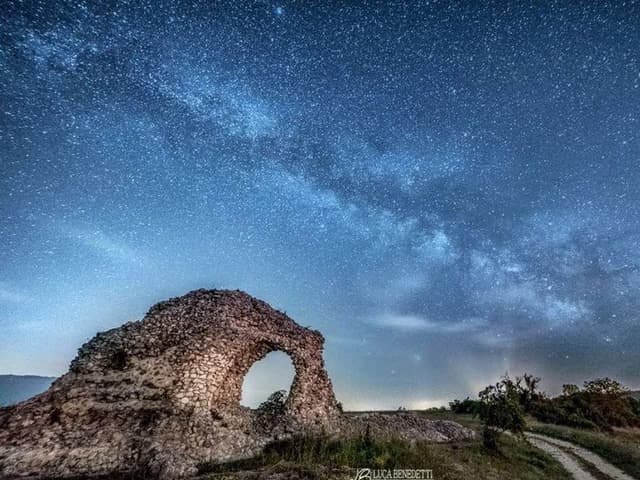
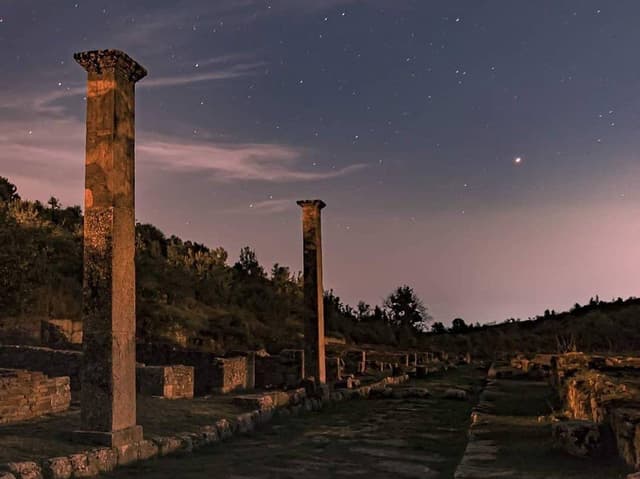
The home for unique & authentic travel